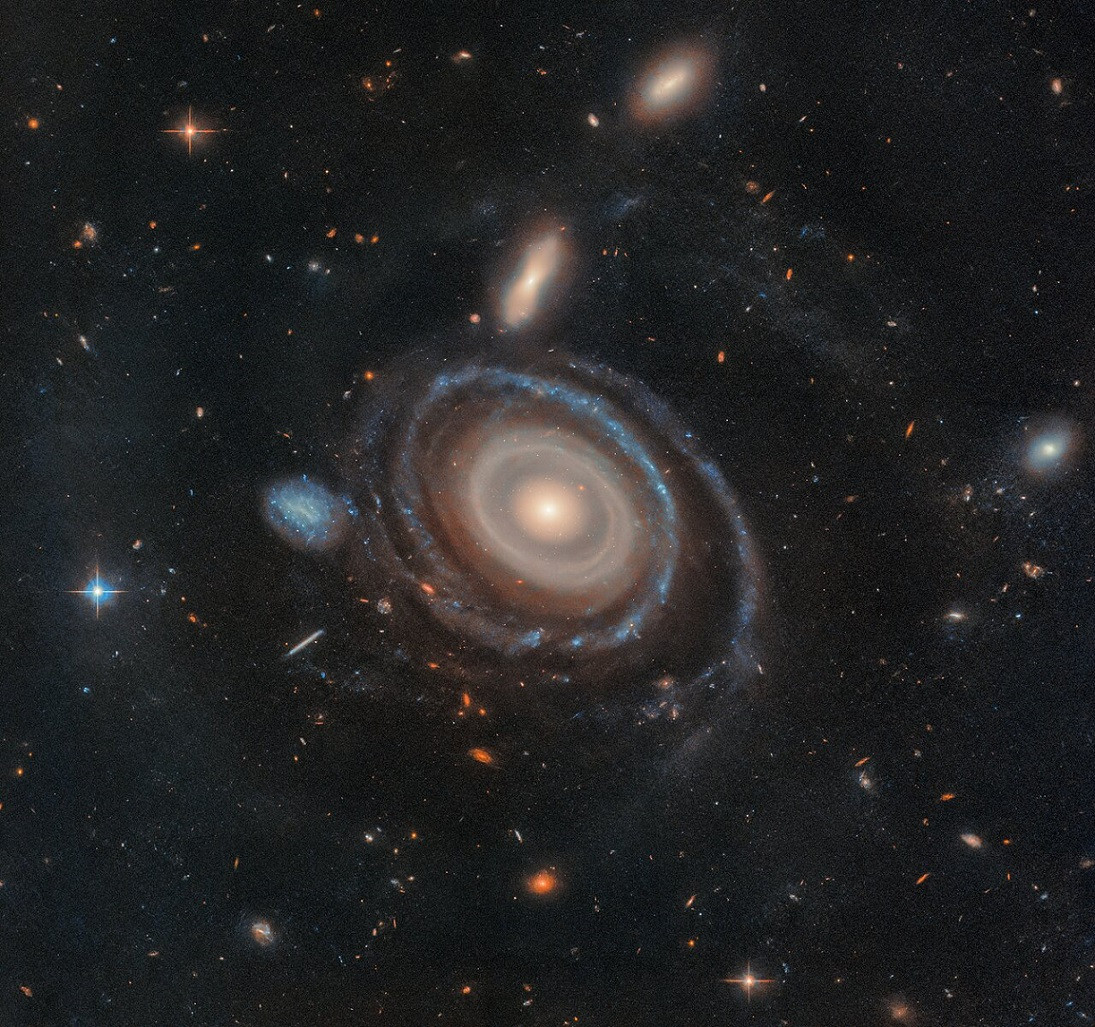🔭 🧪 #cosmology 🧵
1/
Crazy and fascinating!
High-resolution images from Hubble, combined with data from the WM Keck Observatory, have allowed the identification of 9 rings in the giant galaxy LEDA 1313424, nicknamed "Bullseye".
Image source➡️ https://esahubble.org/images/opo2506/
The rings were probably⤵️
1/
Crazy and fascinating!
High-resolution images from Hubble, combined with data from the WM Keck Observatory, have allowed the identification of 9 rings in the giant galaxy LEDA 1313424, nicknamed "Bullseye".
Image source➡️ https://esahubble.org/images/opo2506/
The rings were probably⤵️

Comments
⚔️ SENSASI KEMENANGAN TANPA BATAS!!!
JAMINAN PASTI MENANG, DAN PASTI DI BAYAR TUNTAS.
💰Minimal Depo : Rp.10.000,-
🤑 Minimal WD : Rp.25.000,-
Daftar sekarang juga!!
💰 LINK DAFTAR HOKI UNOVEGAS:
https://unovegas.cariapakak.site
💰 LINK ALTERNATIF UNOVEGAS:
https://heylink.me/unovegas.vvip
caused by the impact with a blue dwarf galaxy about 56 Myr ago.
LEDA 1313424 is, in fact, a collisional ring galaxy (CRG).
CRGs form when an impacting galaxy "falls through" the center of a more massive disk galaxy. When this happens, rings can be produced that expand outward, dragging gas along
the way, often evacuating the central regions of gas of the host galaxy and triggering conditions similar to those of a stellar explosion within the rings.
This discovery is relevant from a scientific point of view for several reasons.
The giant galaxy Bullseye is unique in the number of rings observed; with nine confirmed rings, it significantly exceeds the number previously known for any other CRG.
This makes Bullseye an exceptional case study for understanding the formation and dissolution of rings in these galaxies.
Hubble together with Keck have allowed not only to confirm the 8 visible rings but also to identify and infer a ninth ring.
The correspondence between the positions of the rings and the predictions of the analytical theory offers a practical validation of the theories on the formation of rings
following galactic collisions.
The discovery sheds light on the short but crucial phase of evolution of CRGs, providing new information on how galactic collisions can alter the structure and dynamics of galaxies. The Bullseye observation helps to better understand the life cycle of CRGs & their
possible development into giant low surface brightness galaxies (GLSBs).
The identification of the impactor, a blue dwarf galaxy, offers a concrete example of how galactic collisions can occur and what effects they have on the galaxies involved. The presence of a trail of gas between Bullseye
🚀 Why Join?
100% free, forever!
Post jobs, projects, sell services & grow your brand.
Earn badges, coins & rewards as you engage.
Sign up now and secure your unique username
Join Palify today : https://palify.io/